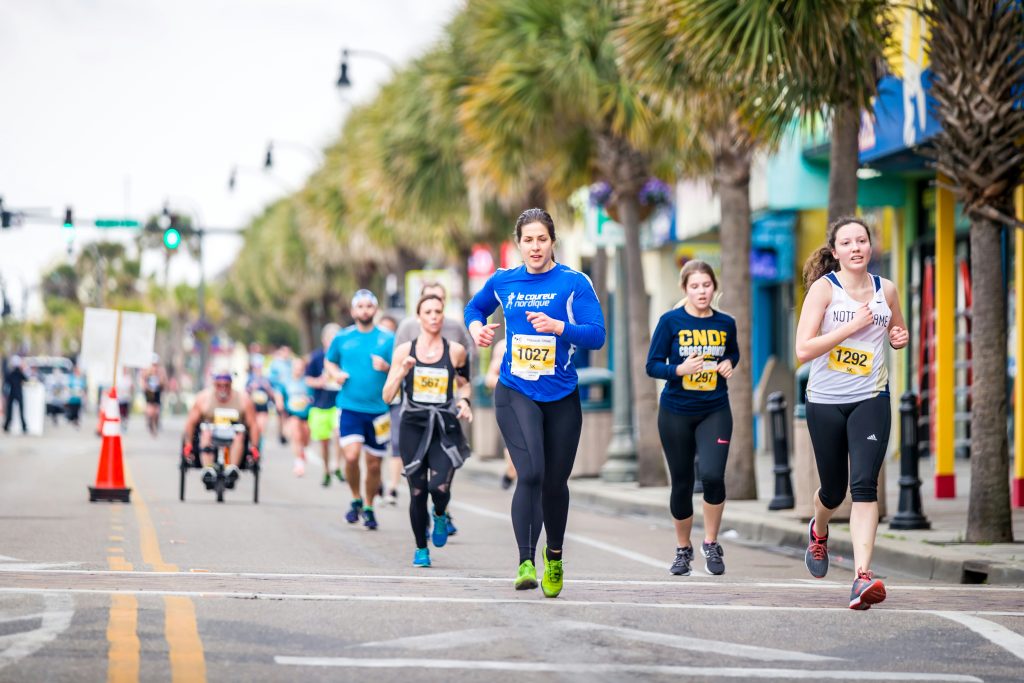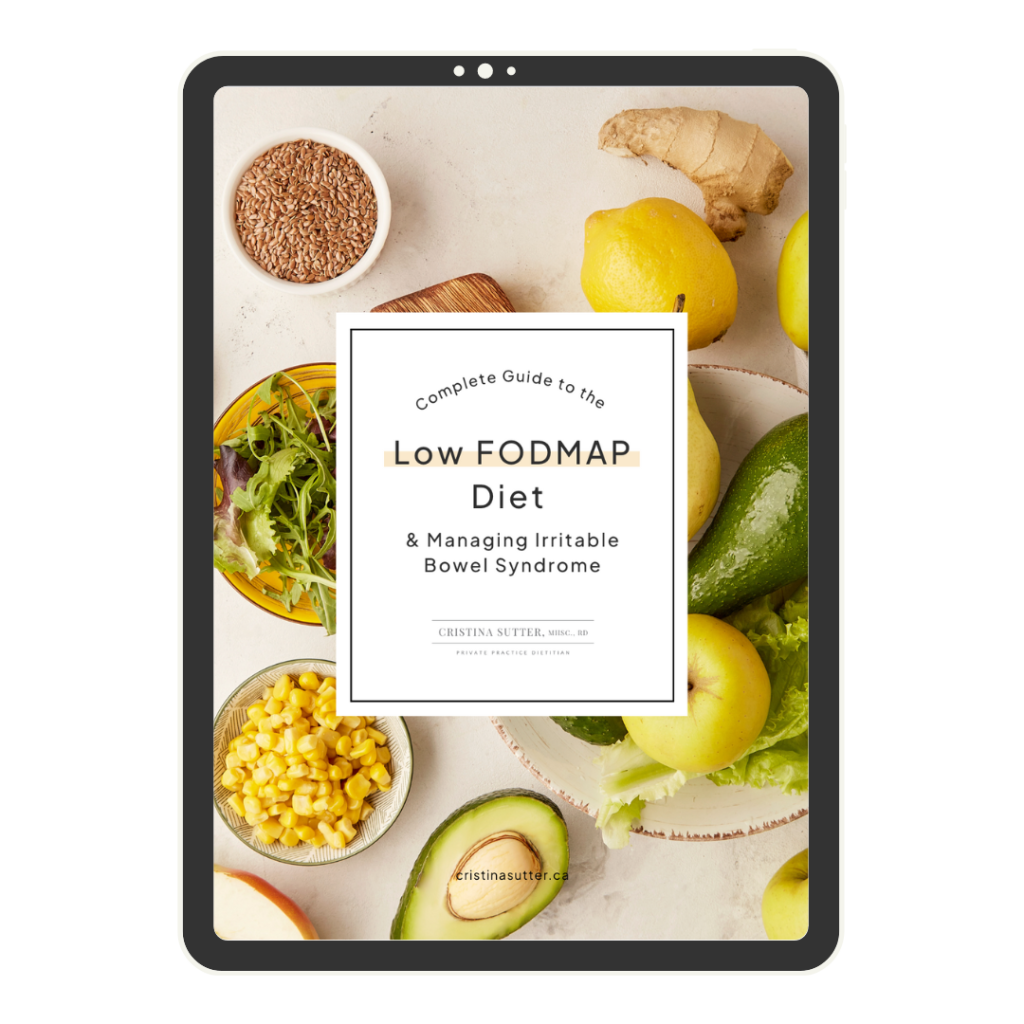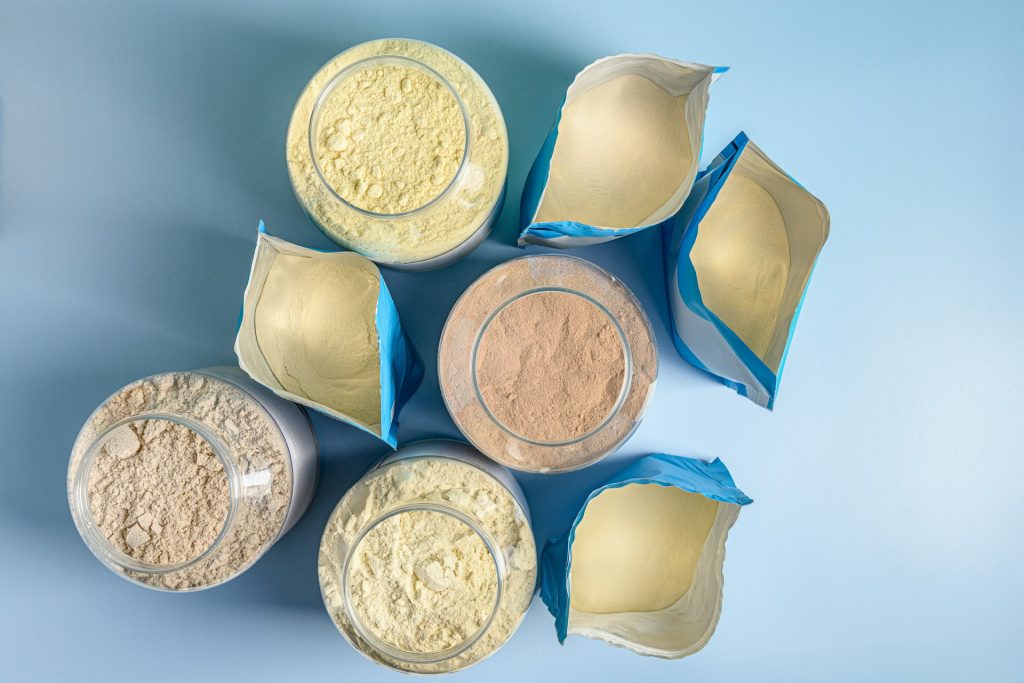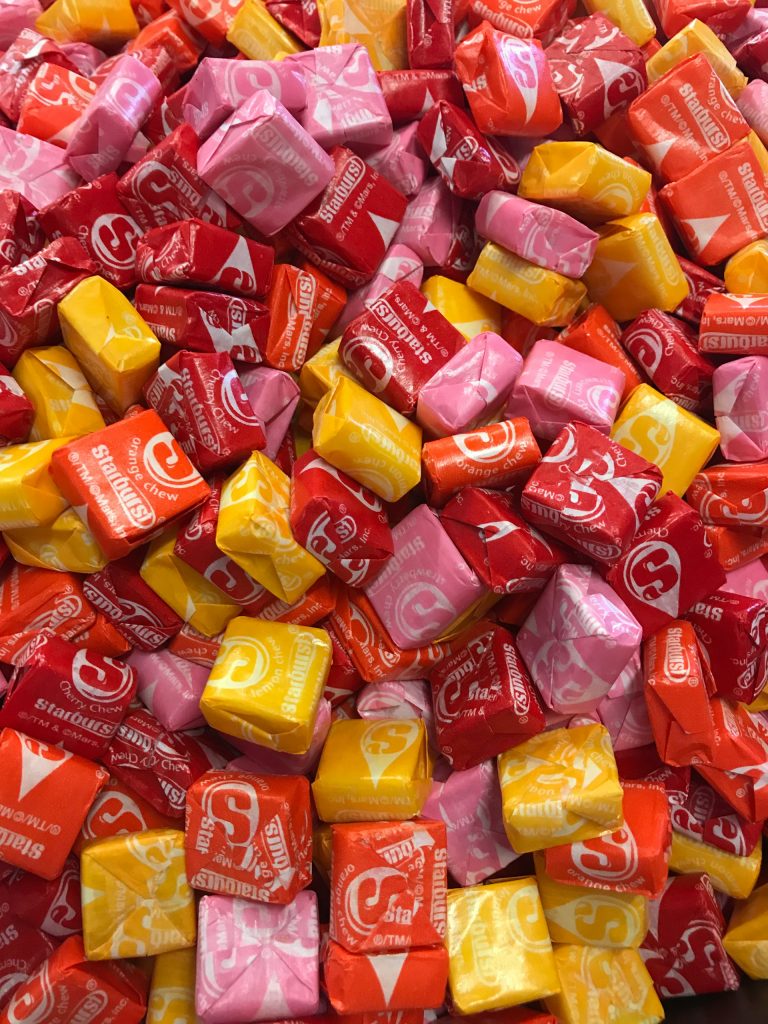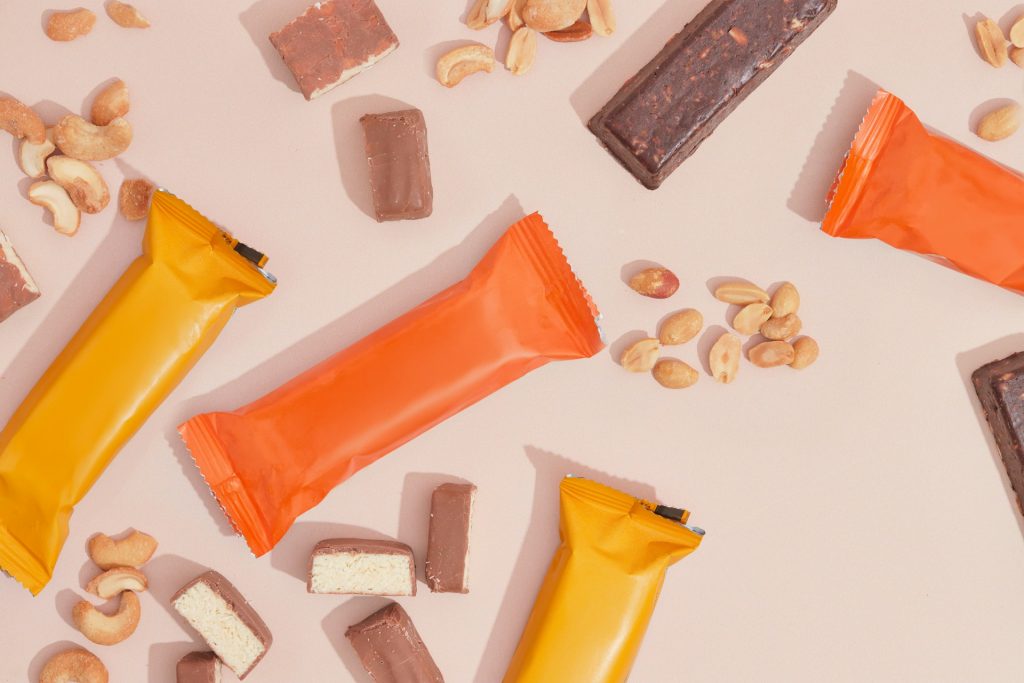How To Avoid Gut Issues for Runners
As a sport dietitian, I often get asked how to avoid gut issues for runners. Whether you are running the BMO Marathon, the Penticton Ironman or an ultra trail race, learn what causes gut issues during runs and how to prevent them. Here, BC’s Sport Dietitian spills secrets on how to avoid stomach issues during long runs and races.
Runners often experience a range of stomach issues during runs including:
- The Side Stitch
- The Sloshing Stomach
- Nausea
- Reflux
- Gas and Bloating
- Runner’s Trots or Runner’s Stomach
Gut issues during endurance sports are very common. In fact about half of all runners and triathletes experience uncomfortable, gut-wrenching GI distress during endurance events. Most of these symptoms are preventable with sound sports nutrition fuel and hydration planning. There is usually no quick fix once you get gut issues, so it’s all about sports nutrition planning and prevention. Here are tips on how to avoid gut issues for runners and triathletes.
The Side Stitch
A side stitch is also called “exercise-related transient abdominal pain”. It is a sharp, stabbing pain in the side, just below the ribs that comes on suddenly during a run. Sometimes it can also cause pain in your shoulder.
What Causes a Stitch?
The leading theory is that the parietal peritoneum, the membrane that encases your abdomen, becomes irritated by surrounding muscles when they get fatigued from repeated pounding. Other theories involve the diaphragm lacking blood supply, or its connected ligaments becoming overstretched. An overfull stomach can exasperate strain in the area. Either way, it seems that repeated pounding on pavement irritates or fatigues the area below your diaphragm. A warm up can improve circulation in the area and gradually building up training can strengthen the area to withstand the impact.
How to Prevent Side Stitches
- Warm up properly.
- Practice belly breathing with an upright running posture.
- Avoid eating a big meal 2 hours before your run.
- Stay hydrated but avoid drinking too much right before your run.
- Gradually build up training. Don’t do too much, too fast.
- Strengthen your core muscles.
How to Treat Stitches?
- Slow down your pace to a walk.
- Take slow, deep breaths.
- Stretch your torso by raising your arms.
The Sloshing Stomach
If you don’t drink enough water on your runs, you may get an uncomfortable sloshing sensation in your stomach when you finally do take a large gulp. This sensation, along with the audible sloshing, might lead you to believe a common misconception that you’ve drunk too much. However, the reality is that this sloshing is actually caused by the opposite: not drinking enough water early in your run.
What Causes Sloshing During Runs
Taking a big gulp of water in a dehydrated state causes water to slosh noisily in your stomach. Crazy, I know. The dehydrated body cuts off blood flow to the stomach, which reduces the stomach’s ability to empty itself into the digestive tract. Whatever you drink at that point, is stuck sloshing around in your stomach like an enclosed swimming pool.
How to Prevent Sloshing During Runs
To prevent water sloshing in your stomach, you need to hydrate early and regularly during all runs and rides. Drink 2 cups of water 2 hours before a long run and 1 cup of water 1 hour before. Drink every 15 minutes on your run and aim for at least 600ml per hour up to 1.5 Litres per hour of exercise, depending on the temperature and your sweat rates.
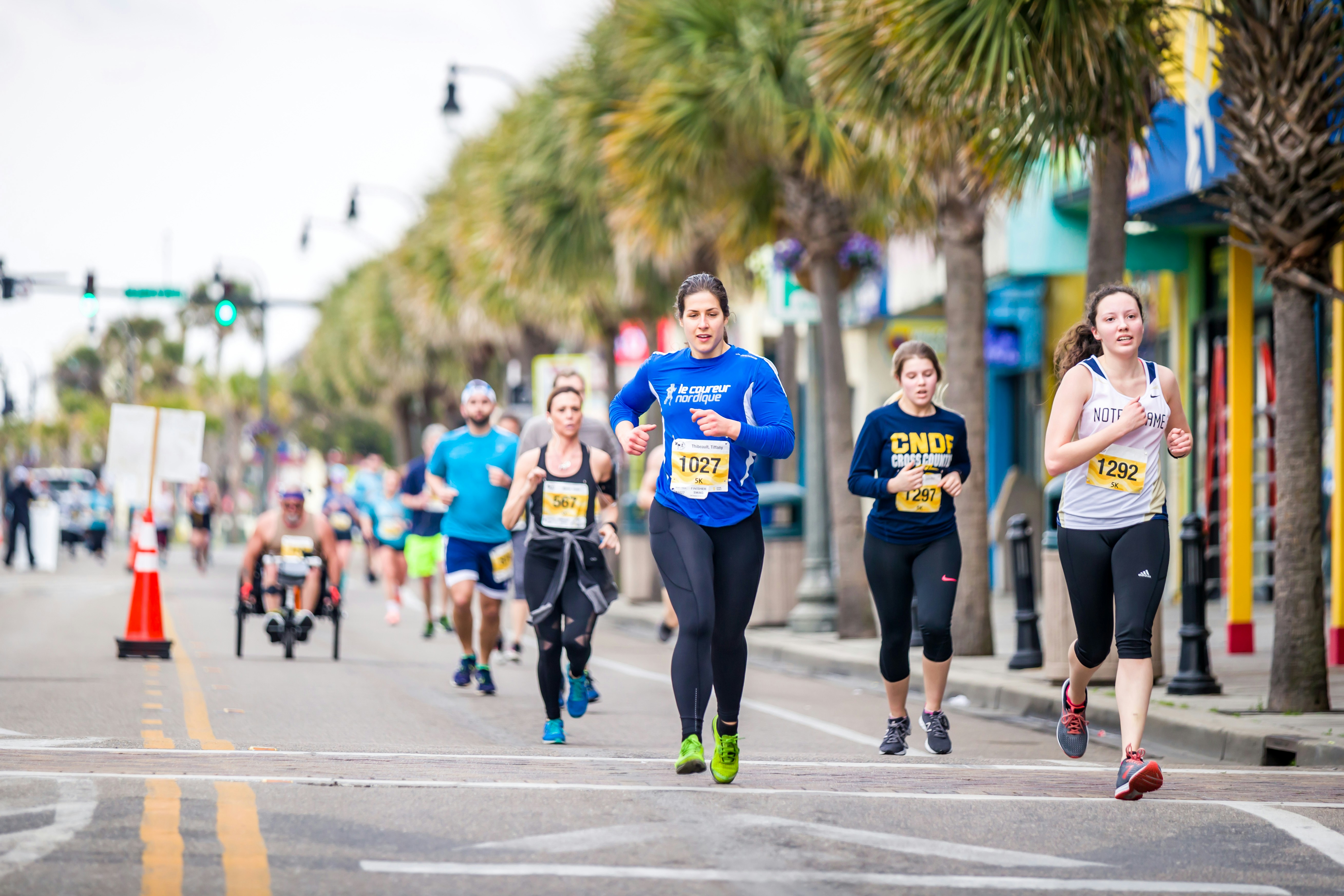
Nausea
Nausea and vomiting several hours into an endurance event are serious signs of dehydration. They may indicate hypovolemic shock, the critical loss in blood volume and circulation.
Earlier signs of dehydration include:
- thirst
- headache
- muscle cramps
- light-headedness
- weakness
Nausea and vomiting are particularly bad symptoms of dehydration because, at that point, you can’t keep much down and can easily become more dehydrated.
How to Prevent Nausea During Runs
- Drink enough fluid to stay hydrated on your runs. Most runners and triathletes need to drink 600-1000 ml fluid + electrolytes every hour of exercise in a moderate climate. Athletes who are prone to profuse sweating or athletes in hot climates, may need to replace as much as 1.5 liters of fluid per hour of endurance exercise. Hydrate early and often during all runs and rides. Drink about 200ml every 15 minutes during runs and rides, depending on the temperature and your sweat rates.
- Include electrolytes in your fluid to boost hydration. Endurance athletes need 500mg of sodium per liter of fluid. The added salt and electrolytes improve water absorption, promote thirst and replace salt loss.
Reflux
Reflux is when stomach acid goes back up the tube that leads back to the throat. Symptoms of reflux include nausea, burping, persistent dry cough or sore throat, and burning in your chest. People experience reflux when the sphincter at the top of the stomach is weak and doesn’t close properly. Essentially, this sphincter is a trap door meant to allow food into the stomach and keep it there. When the sphincter is weak, the trap door stays open and allows food to move freely from the stomach back up the esophagus.
What Causes Reflux During Runs?
Swimming and biking may aggravate reflux because the body is in a horizontal position, so food can move freely back up out of the stomach. Eating right before getting into a horizontal position, eating a big meal, or eating acidic foods triggers reflux.
How to Prevent Reflux During Runs
- Avoid eating 2 hours before swimming, biking, yoga, or lying down in bed.
- Avoid or limit alcohol, coffee, and carbonated drinks.
- Avoid reflux triggers: spicy food, fried oily food, big meals, tomato sauce, and citrus fruit.
Gas and Bloating
People can experience excessive gas during physical activity, particularly during the pounding activity of runs. Eating too much, too late, or the wrong things before exercise, can generate constant gas during a workout. Most people find it uncomfortable to exercise after dinner for this reason.
What Causes Gas During Runs?
During exercise, the body redirects blood to exercising muscles, away from the gut, which impairs digestion. Simultaneously, the pounding of running bounces and moves the undigested food, fluid, stool, and gas through your system. Finally, certain foods and drinks can generate a lot of excess gas.
How to Prevent Gas During Runs
- For morning runs, try to have a bowel movement before you run.
- For afternoon or evening runs, avoid eating high-fat and high-fiber foods for lunch or dinner.
- Avoid gas-producing foods like beans, lentils, cruciferous vegetables like broccoli, kale, and raw vegetables 6-7 hours before you run.
- Eat easy-to-digest carbs 1-2 hours before you run like banana, oatmeal, toast or granola bar. For more lunch ideas, see my blog Best Lunches for Teen Athletes.
- Avoid lactose dairy or use lactose-free dairy as most adults are lactose intolerant.
- Avoid excessive caffeine before running as it stimulates stool motility.
- Avoid carbonated drinks several hours before runs.
Runner’s Trots
The runner’s trots encompass the trifecta of lower abdominal cramps, urgency, and diarrhea during runs. Urgent, loose and frequent stools that occur in the first hour of a run can happen to those with an anxious stomach or Irritable Bowel Syndrome. Urgent, loose, and explosive stools that occur a couple hours into a run are often due to a combination of dehydration and excessive sugar from gels.
What Causes Diarrhea During Runs
- Nervous Stomach: There is a strong brain-gut connection and some individuals with anxiety on race day can worry their stomach into a knot until they get nerve-induced loose, urgent stools even before the run starts.
- Irritable Bowel Syndrome (IBS): People with IBS experience recurrent abdominal pain or cramps, frequent loose stools and or constipation, bloating and gas. IBS often causes unpredictable and irregular stools on the best of days and running can easily trigger urgent trips to the bathroom.
- Runner’s Stomach: Urgent, explosive diarrhea that occurs 2-3 hours into a run is caused by taking high sugar gels when the runner is dehydrated. This often occurs when the runner is not drinking enough water to stay hydrated and is still taking gels regularly. When high-solute gels land in a dehydrated gut without enough fluid, what follows is “gut rot”. Fluid moves out of the body and into the gut towards the sugar solutes, creating a rush of urgent loose stools and explosive diarrhea.
How to Prevent Diarrhea During Runs
- The FODMAP Diet for IBS: If you have ongoing digestive symptoms even without exercise, you may have IBS. The FODMAP diet reduces IBS symptoms by 70% in most people with IBS. As an IBS sufferer myself, I highly recommend the FODMAP diet to relieve bloating, gas and unpredictable stools. If you have IBS and want to learn about the three phases of the low fodmap diet, download my free resource The Complete Guide to the Low FODMAP Diet.
- Tips for a Nervous Stomach: If you think you may have a “nervous stomach” related to performance anxiety on race day, it is helpful to practice your fuel, fluid, and race day routine ahead of time. Choose easy to digest foods like oatmeal, toast, peanut butter and banana. Avoid coffee, as it stimulates gut motility. You may also consider mindful practices or cognitive behavioural therapy to help with reducing overall performance anxiety.
- Tips to Avoid Runner’s Stomach: Talking to a sport dietitian to get a fuel and fluid plan will help you to avoid runner’s stomach during your long runs.
- Work with a sport dietitian to get an individualized plan with the optimal amounts of fuel and fluid to consume during your long runs.
- Drink early, often and enough to stay hydrated during your long runs. Athletes need anywhere from 600ml to 1.5 liters per hour, depending on heat and individual sweat rates.
- Choose gels that are “isotonic” “osmotic” or “maltodextrin based” or have “hydrogel technology”. Gel brands that may be easier to digest include: Maurten Energy Gel, Clif shot energy Gel, Hammer Energy Gel, Science in Sport Go Isotonic Energy Gel.
- Minimize caffeine before or during runs since it triggers digestive urgency.
- Avoid eating a big meal or high fat foods 2-3 hours before your run.
- Train your Gut: According to Training the Gut for Athletes, gastric emptying and stomach comfort can be “trained” to help tolerate food during endurance exercise. You may want to practice eating and drinking during intense exercise to help your stomach to get used to it. Whether you choose gels or bars for your runs, you will want to consider the total amount of carbohydrate you are taking to fuel your run. For more on this, read my blog To Gel or Not to Gel for Your Run.
Whatever gut issues you may experience during your long distance runs and triathlons, they are preventable and fixable. Work with a sport dietitian to learn how best to fuel your runs and avoid common gut distress and stomach symptoms:
- Learn what to have in your pre-run meals, for early morning and evening runs.
- Choose a sport drink or electrolyte drink and learn how much you need to drink during runs, depending on your sweat rate.
- Get tips on the best fuel sources during runs and when to take them, depending on your speed and duration.
- Learn which snacks can help improve recovery after long runs and when to take them.
- Discover how many carbs and macros you need to fuel your training and get faster.
- Get a meal plan that can help you build muscle, lose fat, get faster and fuel your training load.
Book your sport dietitian consult to run faster and feel better today.

